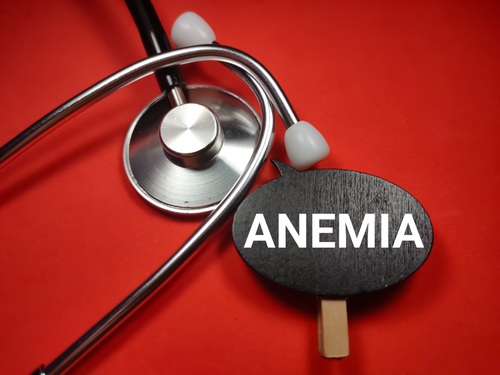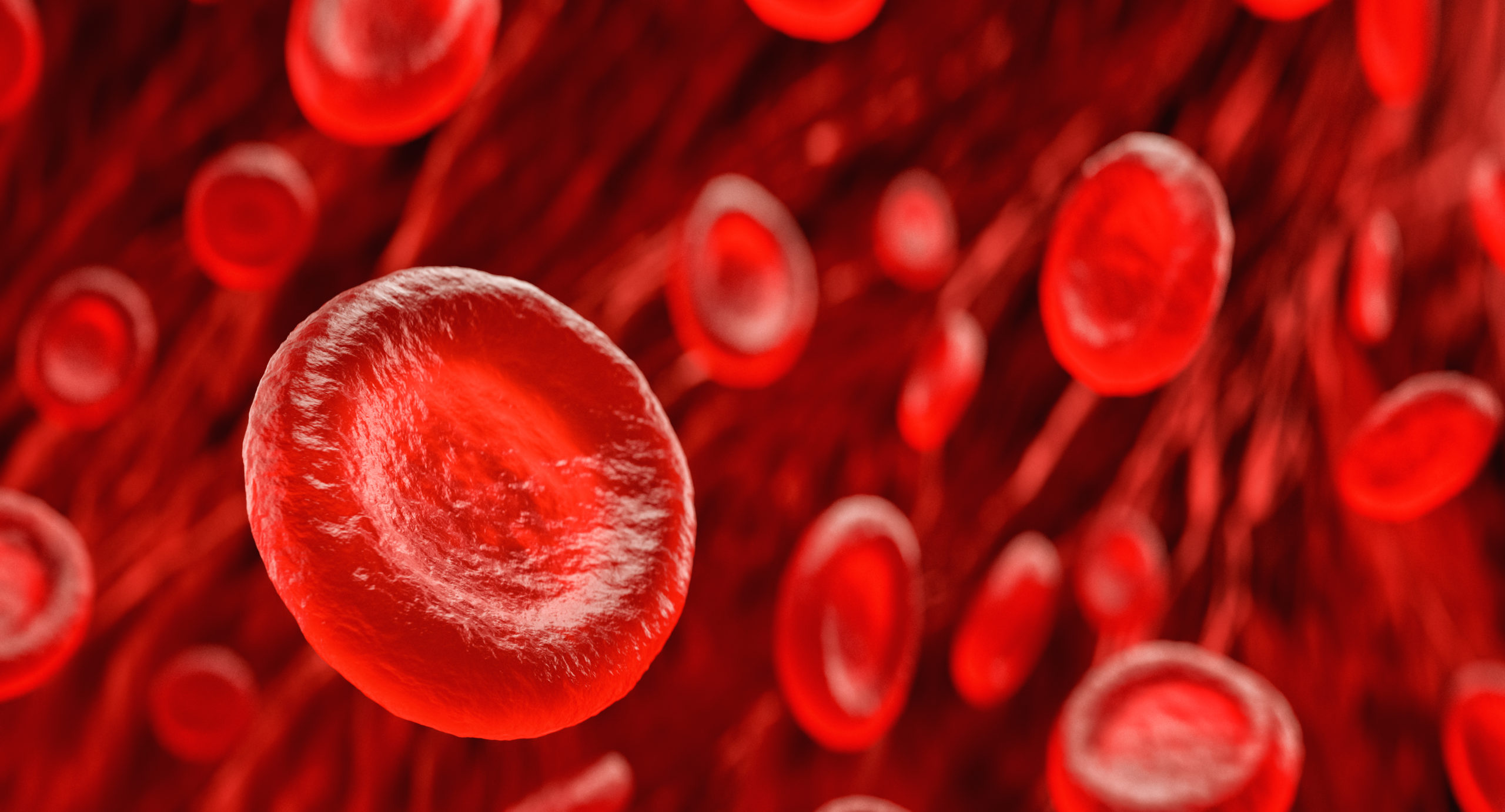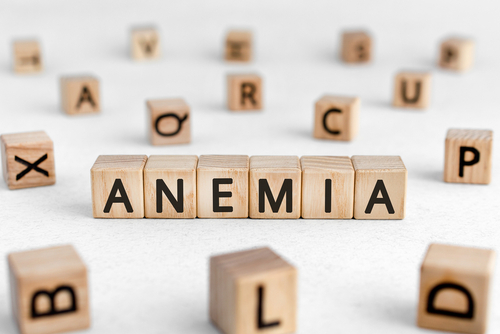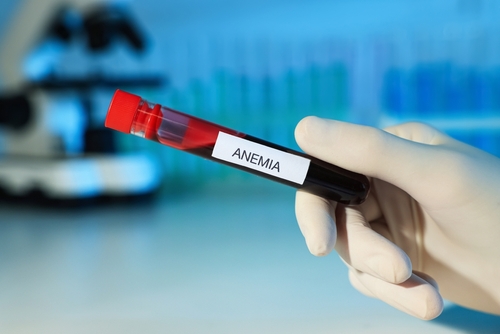
Patients in China with chronic kidney disease-associated anemia (CKD-anemia) with and without dialysis are commonly treated with roxadustat. Ping Li and colleagues conducted a trial to determine the noninferiority of lower starting dose (LSD) of roxadustat versus standard starting dose (SSD) for the treatment of stage 3-5 CKD-anemia in patients not receiving dialysis.
Results of the trial were reported during a poster session at the American Society of Nephrology Kidney Week 2023. The poster was titled A Randomized, Controlled, Open-Label, Multicenter Study Evaluating the Efficacy and Safety of Lower Starting Dose Roxadustat for Anemia Treatment in Patients With CKD Not on Dialysis.
Patients were randomized 1:1 to a weight-based SSD (<60 kg, 70 mg three times per week; ≥60 kg, 100 mg three times per week) or LSD (<60 kg, 50 mg three times per week; ≥60 kg, 70 mg three times per week). Treatment continued for 16 weeks, with assessments every two weeks for 8 weeks, then every 4 weeks.
The primary efficacy end point of interest was the mean change in hemoglobin from baseline over weeks 12 to 16. Adverse events were assessed throughout the study period and 4 weeks following study completion.
A total of 254 patients were randomized to SSD (n=128) or LSD (n=126). The two groups were similar in baseline characteristics. At baseline, hemoglobin was 89.4 g/L in the LSD group and 90.6 g/L in the SSD group.
In the per protocol set (n=226), the mean change in hemoglobin from baseline over 12 to 16 weeks in the LSD group was 21.6 g/L compared with 26.4 g/L in the SSD group (95% CI, –7.77 to –1.79 g/L [<–5 g/L noninferiority margin]). In the per-protocol-set, 47.8% of patients in the LSD group achieved hemoglobin 100 to 120 g/L over weeks 12 to 16, compared with 47.7% in the SSD group (odds ratio, 1.158; 95% CI, 0.671-1.996; P=.60). Results of the full analysis set (n=249) were similar. The rates of change in hemoglobin from baseline in the LSD group were significantly lower from baseline to weeks 4 (P=.03), 8 (P=.03), and 16 (P<.01).
Overall, five patients received rescue therapy: three in the LSD group (2.4%) and two in the SSD group (1.6%). In the safety set (n=250), 68.0% of participants had treatment-emergent adverse events (72.2% in the LSD group and 63.7% in the SSD group). The proportions of treatment-emergent serious adverse events and drug related adverse events were numerically higher in the LSD group than in the SSD group (24.6% vs 10.5% and 4.0% vs 2.4%, respectively).
In conclusion, the authors said, “Noninferiority was not established for the LSD compared with the SSD in stage 3-5 CKD nondialysis patients. The proportion of patients who achieved hemoglobin 100-120 g/L over weeks 12-16 for both groups was similar; patients receiving the LSD had less hemoglobin fluctuation. Both dosages were well tolerated, however, LSD did not show a better safety profile.
Source: Li P, Cai G, Sun X, et al. A randomized, controlled, open-label, multicenter study evaluating the efficacy and safety of lower starting dose roxadustat for anemia treatment in patients with CKD not on dialysis. TH-PO1157. Abstract of a poster presented at the American Society of Nephrology Kidney Week 2023; November 2, 2023; Philadelphia, Pennsylvania.







 © 2025 Mashup Media, LLC, a Formedics Property. All Rights Reserved.
© 2025 Mashup Media, LLC, a Formedics Property. All Rights Reserved.